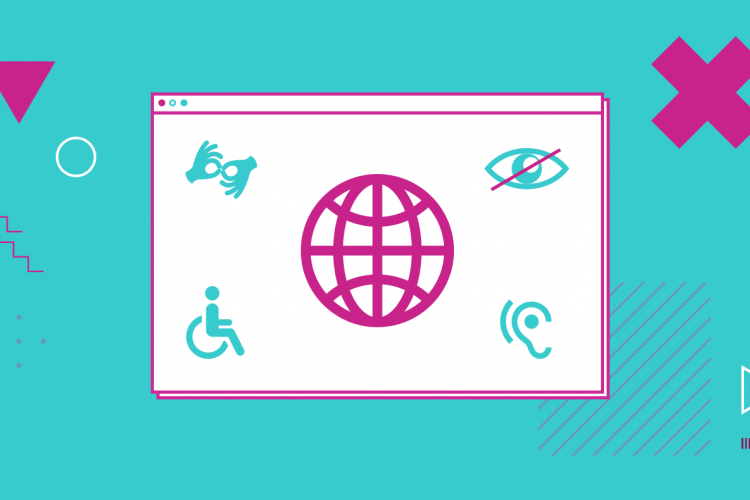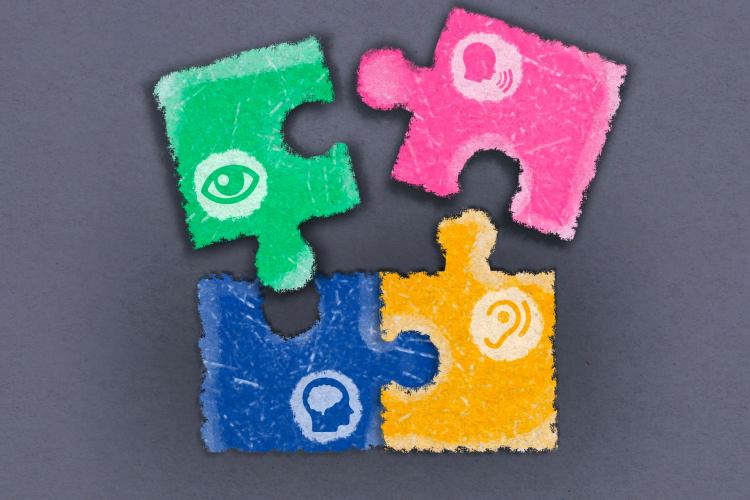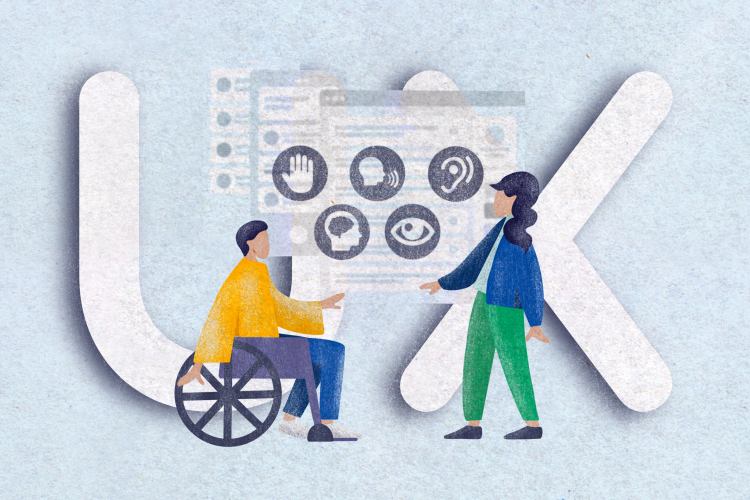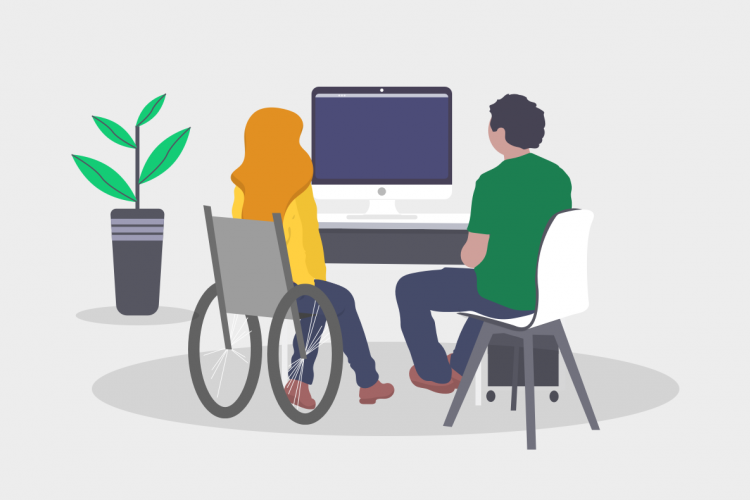Common misunderstandings of accessibility
When it comes to ease of use and a user-centric approach, there is no going over or around accessibility. Ensuring accessibility revolves around various myths and misconceptions that cause confusion for both developers and product owners.






